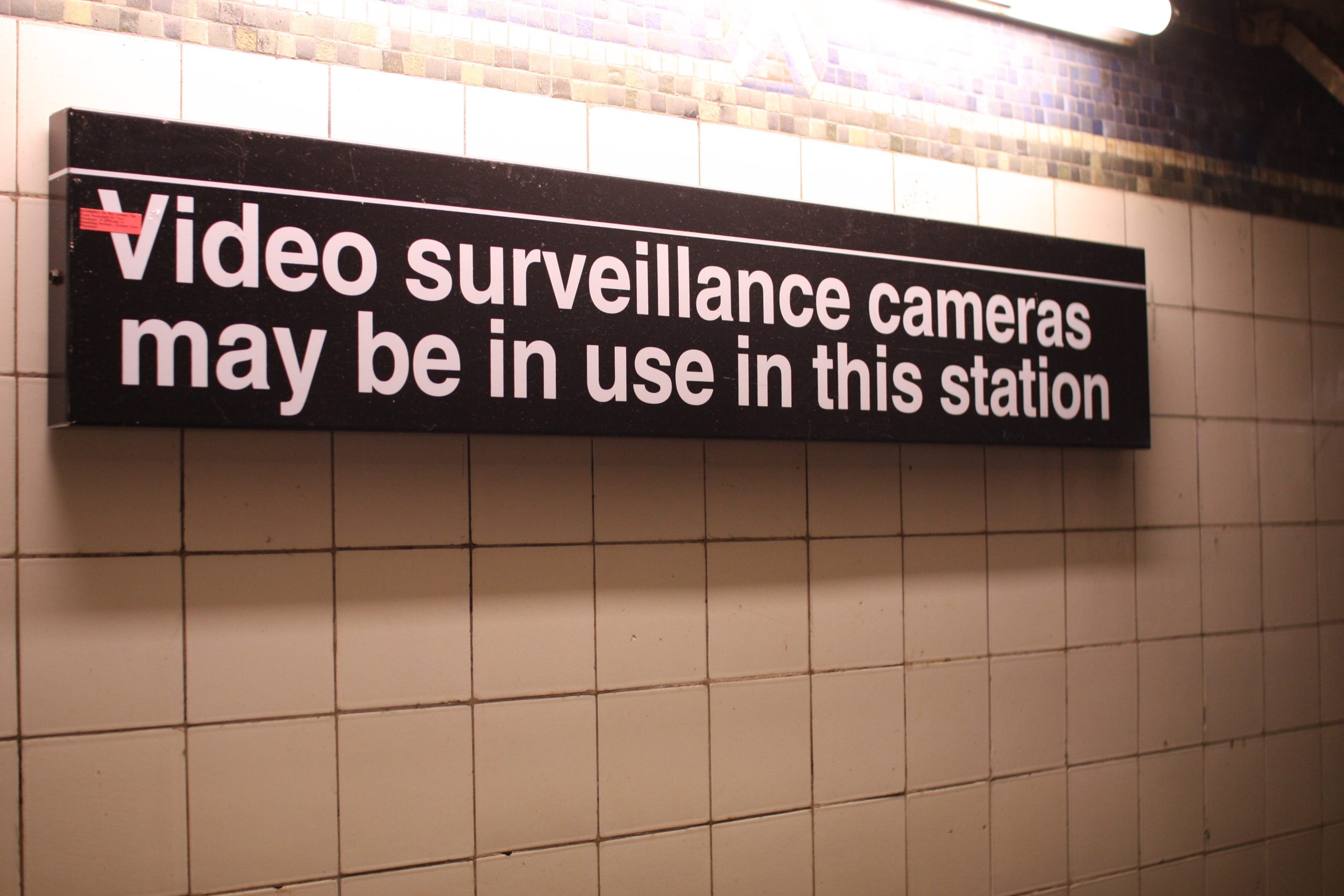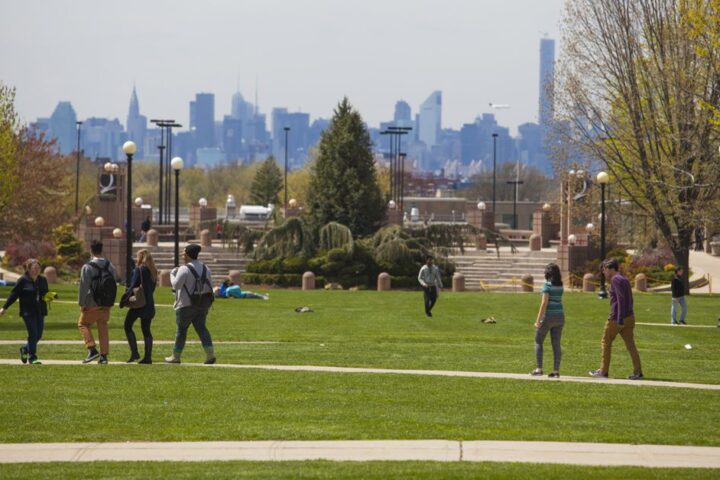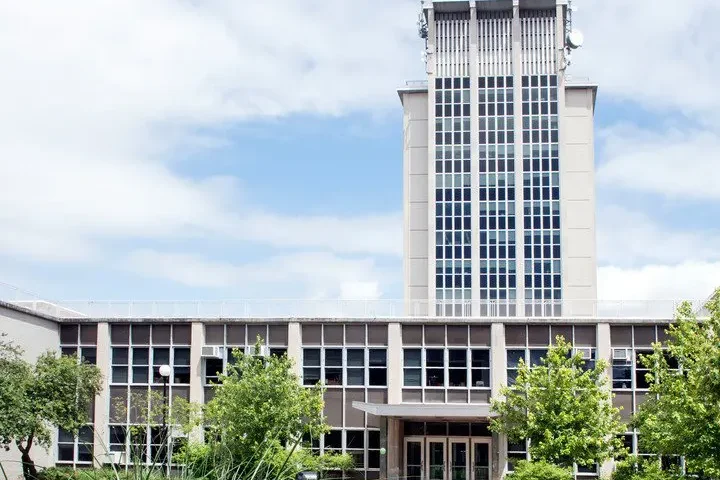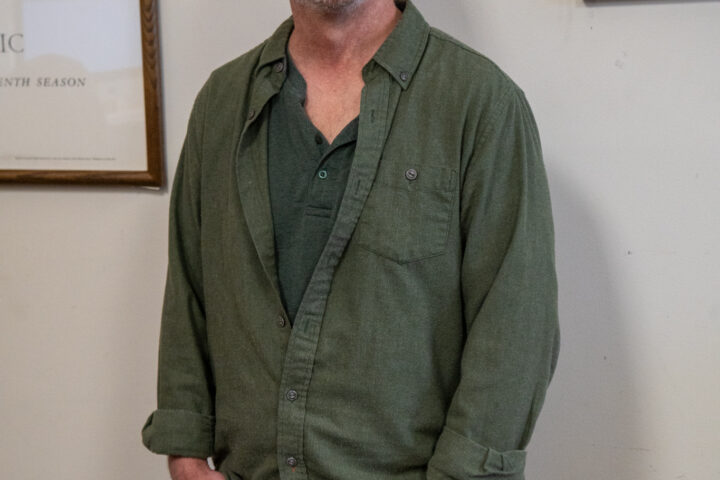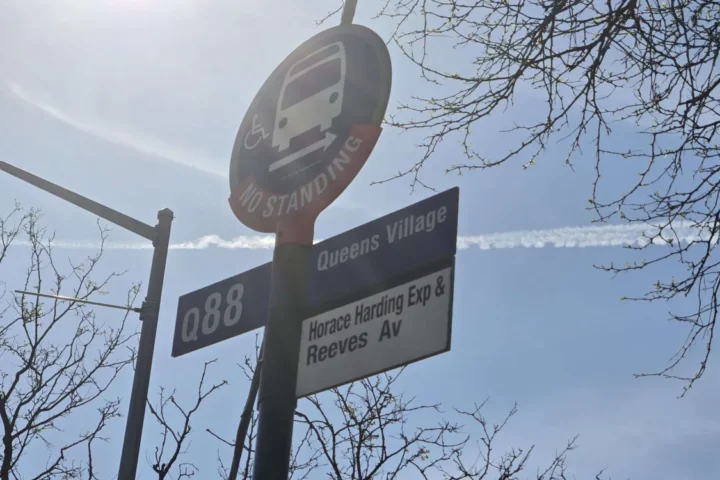Entering the stairway to one of New York City’s nearly 500 subway stations, it’s hard to shake the feeling of being watched. Commuters, public performers, MTA security are always lurking somewhere. While you can easily get lost in a crowd, you’re always being seen by someone. You’re also in lens-view of one of the transit system’s network of ten-thousand cameras.
In a report released in May 2023, the MTA saw record losses of over $690 million due to fare evasions with $285 million of that coming from the subways alone.You may have witnessed, or perhaps even participated in, one of the many tactics: hopping turnstiles, following close behind another passenger to catch it before it closes, or slipping through the emergency gate. The MTA executive summary now calls to ‘‘forcefully combat evasion before its impacts become irreversible.’’
To do this, the MTA signed a contract with AWAAIT Artificial Intelligence in January of last year. AWAAIT’s technology, which the May 2023 report confirms, was finally used in the cameras of seven subway stations to track the rates and methods of evasion.
“We’re using it as a counting tool … to determine how many people are evading the fare and how are they doing it,” Tim Minton, MTA Communications Director, told NBC News in July. MTA spokesperson, Joana Flores confirmed with the news station that the artificial intelligence doesn’t send the identities of evaders to NYPD, but declined to comment on whether that policy could change.
These statements come nearly a year after New York Governor Kathy Hochul announced the plan to install an additional 9,200 cameras across approximately 2,700 subway cars and 130 subway stations.
“I do think cameras have increased public confidence in the attempts of the MTA to make our trains safer,” James Vacca, a Professor in the Urban Studies Department and former New York City councilman, told The Knight News, “Although I must add that generally the public has viewed the MTA skeptically.”
Professor Vacca was responsible for 2017’s City Council bill requiring algorithmic transparency among city agencies, the first of its kind nationwide. “We were starting to see algorithms were used increasingly, but there was not transparency into how they were used or when they were used. My bill really got people together to start thinking about algorithms,” Professor Vacca said. “Since I’ve left office, I don’t think the Council has had enough follow-ups on the bill. There needs to be constant oversight. It’s the responsibility of the Council to keep up on that.”
New York is not the only major city that is utilizing artificial intelligence in their public surveillance systems. Detroit’s Project Green Light boasts thousands of cameras across the city, its website claiming to aid in ‘‘strengthening [Detroit Police Department’s] efforts to deter, identify, and solve crime.’’ Once cleared by their Civilian Oversight Committee, the surveillance network utilizes artificial intelligence to identify these crimes, matching camera footage to the Michigan police database of over 50 million license photos and mug shots. However, it isn’t always accurate.
On August 6, The New York Times reported on the arrest of eight-months pregnant Porcha Woodruff, the third case of false criminal accusations by the Detroit PD resulting from mismatched facial recognition, all of whom have been Black. Similarly, MIT Media Lab published research in January 2019 showing inaccuracies in Amazon’s facial recognition product. This program — which has been sold to police departments — has made errors in identifying the faces of women or people with darker complexion, compared to no errors made in identifying men with light complexion.
According to U.S. News & World Report, 98% of students at CUNY Queens College commuted to campus for classes in 2021. The MTA recognizes Queens as ‘‘New York’s most diverse borough, with more than 61% of its residents being non-white.’’
Professor Vacca shed light on the broader issue, saying, “There’s a nationwide lack of trust in many of our elected officials and institutions. People question. Questioning is always good, but I think we have to reestablish public confidence in our executive, judicial, and legislative branches.”
He also highlighted the importance of community engagement and representation in local governance. “Taking advantage of services or joining clubs. I think that’s where you begin,” Vacca said. “There’s something called community boards. I call them little city halls. They are looking for young people. Young people often don’t sit on community boards, and they often don’t have the age diversity that makes it representative of the community.”


